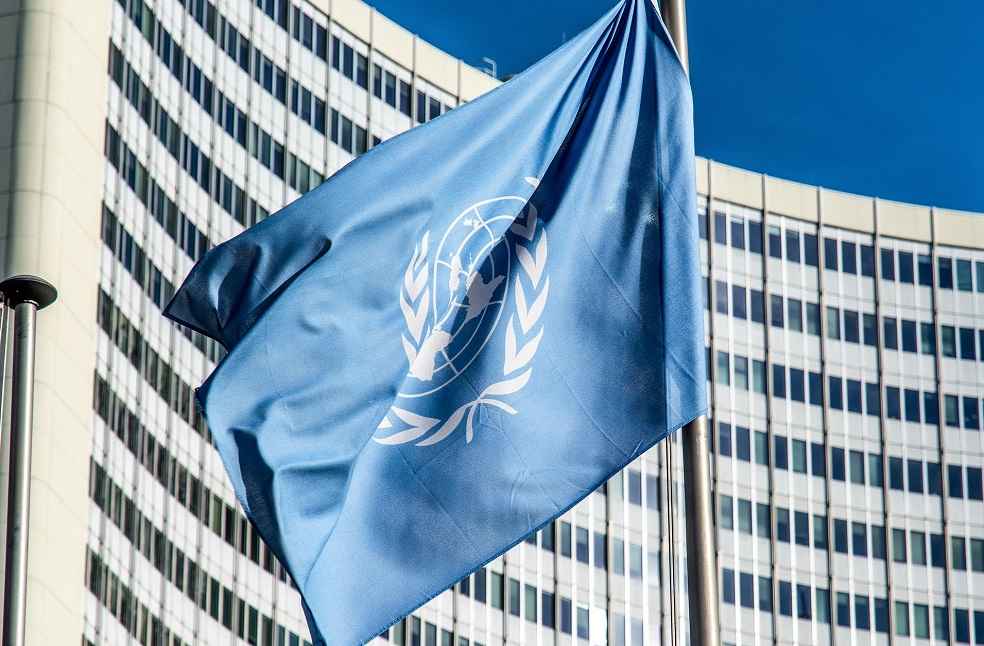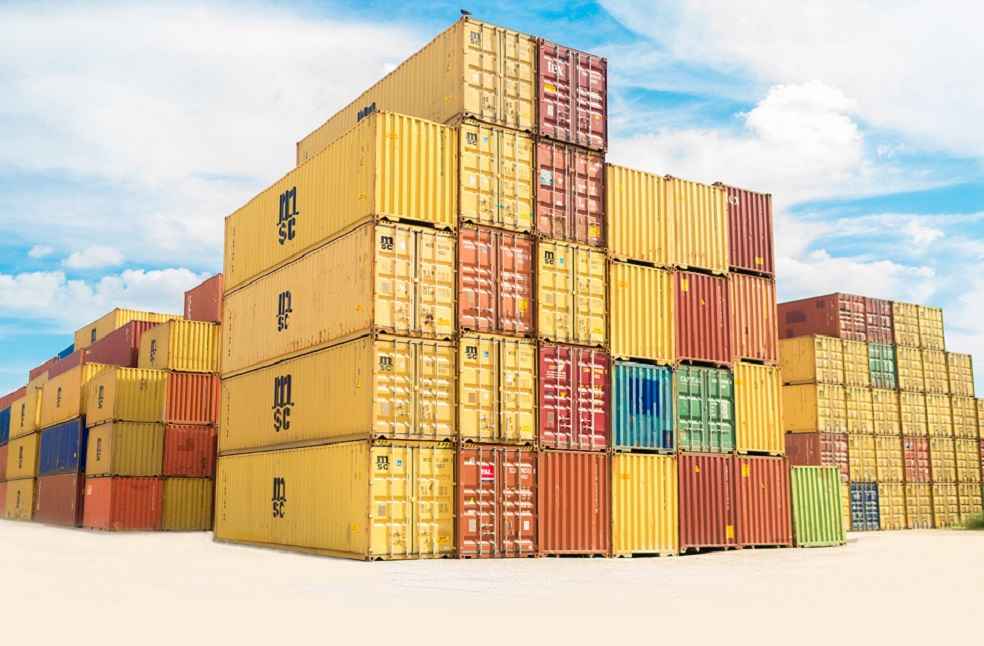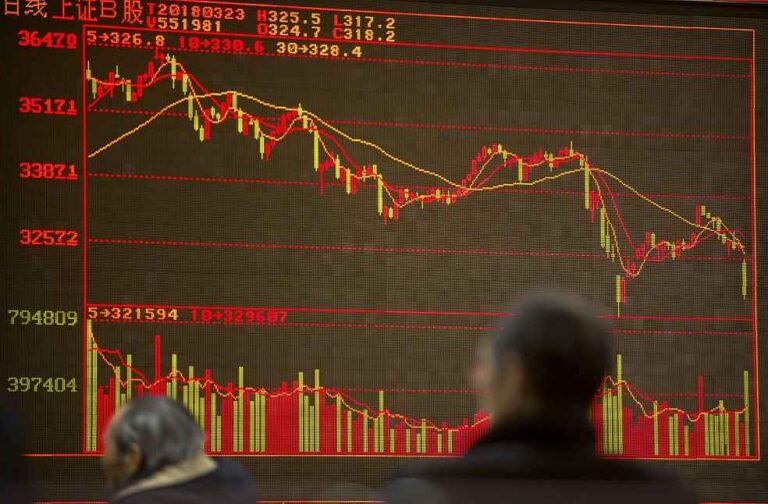Since 2006, the World Trade Organization’s (WTO) Aid for Trade initiative has injected $648 billion into developing and least-developed countries to boost their export capacity. This substantial investment, detailed in the recent ‘Aid for Trade at a Glance 2024′ report by WTO and OECD, aims to boost these nations’ integration into the global trade network.
Record Funding Levels Achieved
The year 2022 marked a major surge in Aid for Trade funding, with disbursements reaching a new high of $51.1 billion—a 14% rise from the previous year. Funding commitments also grew by 31%, reaching a new peak of $65 billion.

Funding Origins
Bilateral donors from OECD Development Assistance Committee member states contribute over 55% of the initiative’s resources, supplemented by major funds from multilateral organizations such as the World Bank and the Asian Development Bank. Notable for their contributions were Japan with $11.1 billion, the World Bank with $7.9 billion, and EU institutions with $6.8 billion.
Geographic Focus
Africa and Asia are the principal recipients of Aid for Trade funds, receiving 70% of the allocations. Among these, lower-middle-income economies received $19.8 billion, or 38% of the total disbursements for 2022. LDCs and other low-income regions also benefited, securing $14.1 billion or 28% of the funds. Since the initiative’s beginning, LDCs have accrued $189 billion.

Sector-Specific Funding Distribution
The funding distribution spans several key sectors, with economic infrastructure claiming 54.6% of 2022’s funding. Productive capacity building followed at 43.6%, and trade policy and regulations at 1.8%. Transport and storage projects drew the largest share of sector-specific funding at 27%, highlighting the target of improving market access. Energy generation and supply were also prioritized with 23%, followed by agriculture with 18%, and banking and financial services with 12%.
BUSINESS GENERAL | Srinagar Earns World Craft City Title, Elevating Artisans on Global Stage



